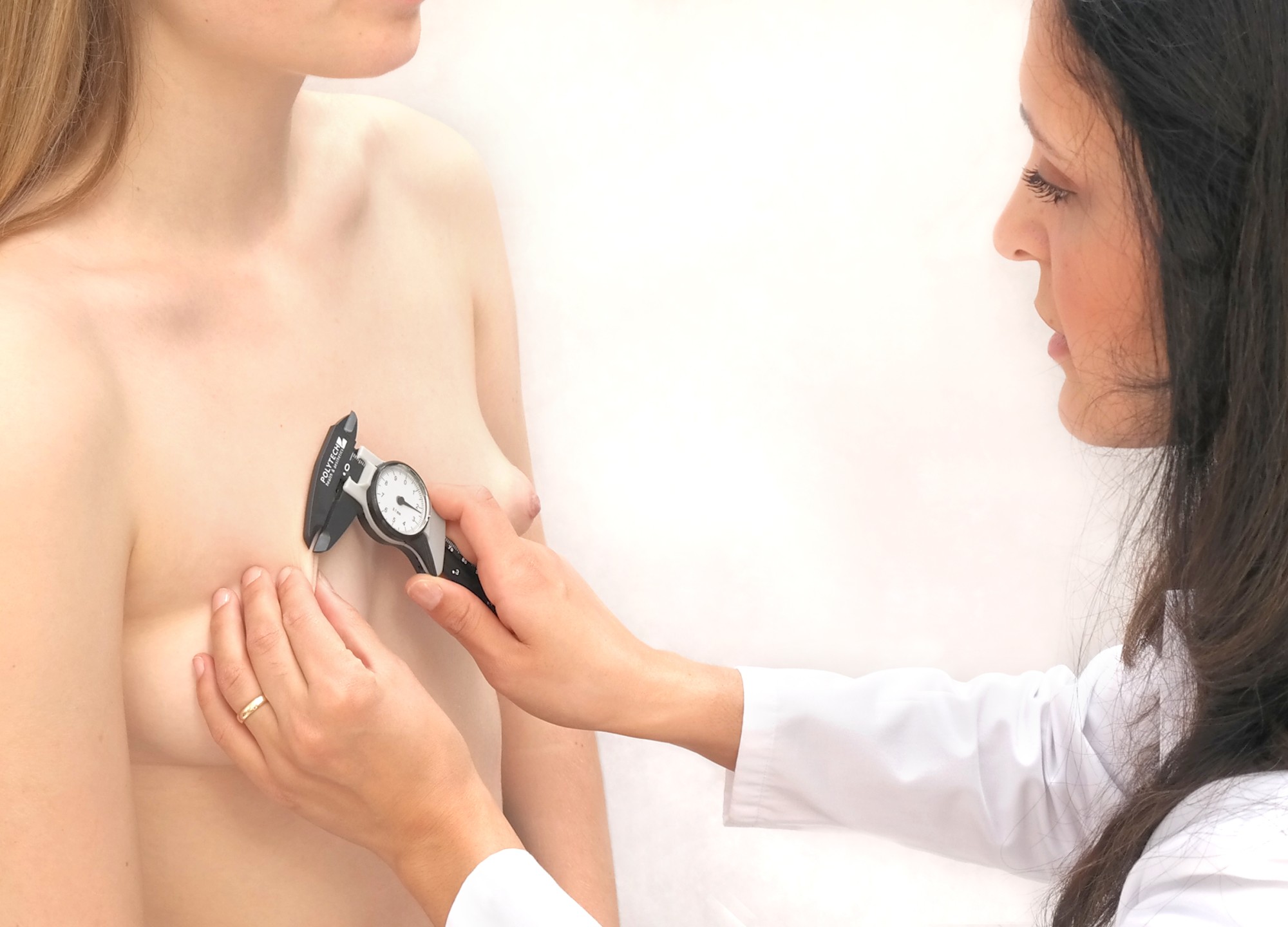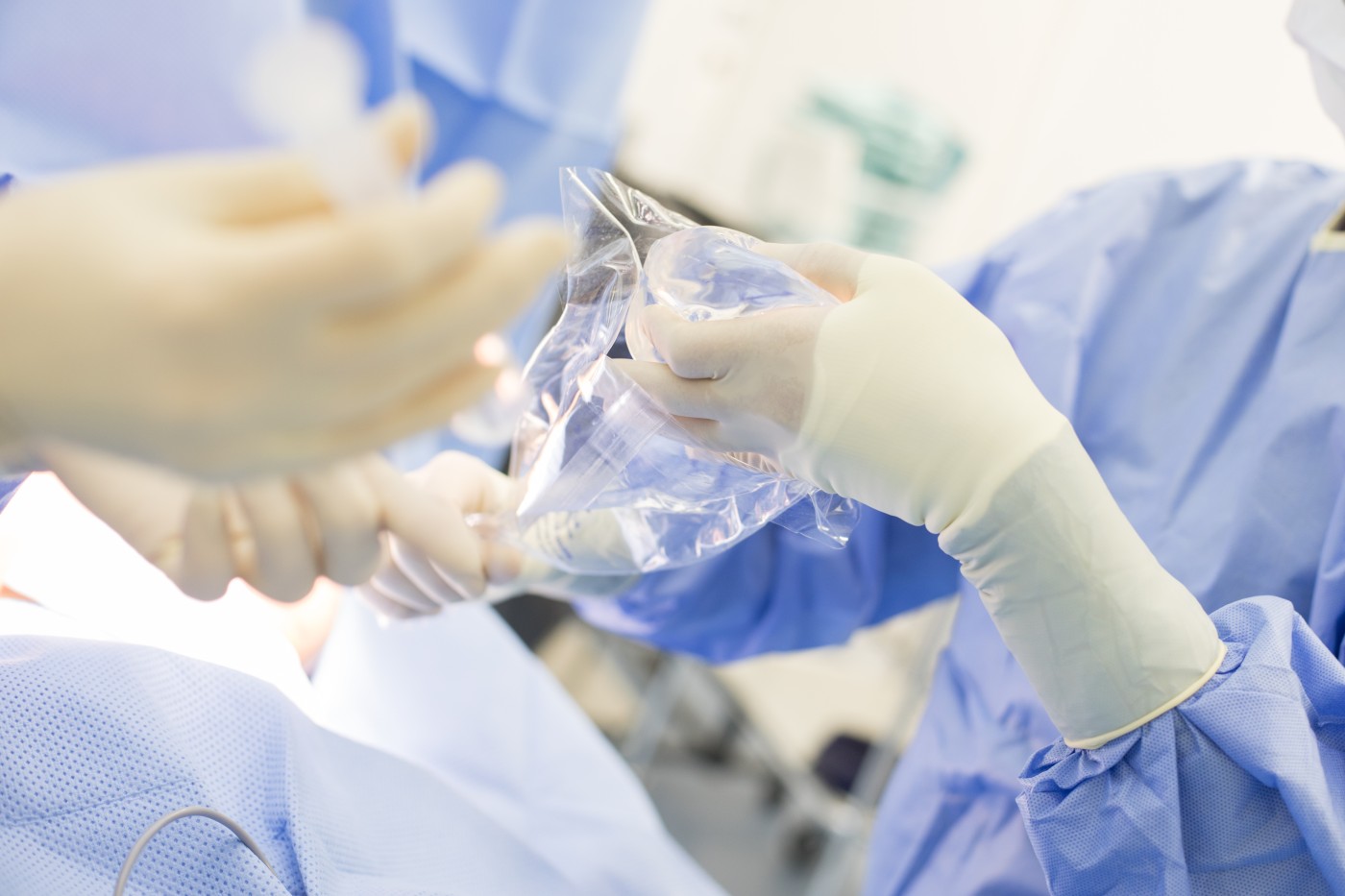In-patient operation

Breast augmentation in Zug
Just as each woman’s chest is unique, each of us has a different concept of what an attractive chest looks like; the plastic surgery world provides an accordingly broad range of options for surgical breast correction. Women who consider their breasts too small or too asymmetrical often turn to breast implants. Breast augmentation using implants is among the most frequently performed cosmetic procedures both in Switzerland and around the world. As a plastic surgeon and breast augmentation specialist in the Zurich, Zug, and Lucerne areas, I place great importance on accommodating my patients’ individual wishes. My art background and my natural sense of proportion are an ideal complement to my medical expertise, ensuring that every procedure is held to a high aesthetic standard.
Overview
Breast augmentation in Switzerland at a glance
-
Procedure
-
Duration of surgery
1 to 3 hours
-
Anesthesia
General anesthesia
-
Rest and recovery
At least two weeks
-
Return to work
After around 1-2 weeks (longer for more active jobs)
-
Post-operative care
Support bra, follow-up exam
-
Risks
Swelling, tightness, changes in sensation, bruising/discoloration, capsular fibrosis
Preparation
Consultation with Katja Kassem-Trautmann
A personal consultation session is an essential prerequisite for any cosmetic procedure. It allows us to get to know each other better and build the fundamental doctor-patient trust that is so important to achieving healthy, pleasing results. At the beginning of the appointment, we will focus on your concerns, desires, and goals. Based on those, I will then explain your breast surgery options and what they can offer. Together, we will create your individual treatment plan.
I will also use this consultation to give you a detailed description of the procedure, the necessary pre- and post-operative care, and the potential risks. If you like, I can also show you some anonymized before-and-after photos to help you gain a realistic idea of what breast enlargement can achieve.
An alternative to implants?
Breast enlargement using autologous fat transplants
Breast implants are not the only way of enlarging breasts—cosmetic procedures using autologous (= the patient’s own) fat are also well-established. For more information on breast augmentation with fat grafting, click here!
Treatment
Breast enlargement in Zug: how it works
On the day of your breast surgery, we will do another examination and review the upcoming procedure. Provided there are no contraindications, I will then draw an incision guide on your skin. Though they could theoretically be performed using local anesthesia, I always use general anesthesia on breast enlargement procedures; I work with an experienced anesthesiology team who will explain that aspect of the operation in advance.
Depending on your specific anatomy and desired results, I may insert the implant through an incision along your inframammary crease (the fold underneath your breast), near your armpit, or along your areola. One unique aspect of my approach to breast augmentation is that I use the “no-touch technique,” in which the implant is inserted using a Keller funnel to avoid direct skin contact. This greatly reduces the risk of infection, and it requires relatively small incisions, which in our experience results in quicker healing with less scarring.
The procedure will take between one and three hours from start to finish. Once the wounds have been closed, we apply a soft cotton bandage to protect the sensitive breast area. Small surgical drains may be necessary to help direct secretions away from the wounds; in most cases, they can be removed after a day or two.

Inserting the implant without direct skin contact
B-Lite implants
Breast augmentation using B-Lite implants
B-Lite implants have the advantage of being up to 30 percent lighter than conventional breast implants, without sacrificing stability, durability, or safety. For patients who want the largest breasts possible, B-Lite implants make a better long-term choice than “normal” silicone implants. Sooner or later, the breasts will begin to sag under their own rate due to gravity and the natural aging process; less weight means less strain on the breast tissue. If you are interested in larger-volume breast implants, I would be happy to tell you more about these innovative models.
Immediately after surgery
After surgery, patients will spend a few days at the clinic so that they can recover under supervision. Rest is very important in this initial period following the procedure—especially when it comes to avoiding stress or strain on the chest area. We recommend not raising your arms above shoulder height and wearing clothing that buttons or zips in front. I also advise my patients to sleep with their torsos elevated, ideally on their backs. Your bandages will be changed after a few days and eventually replaced with a special bra that protects and supports the area. This compression bra lowers the risk of post-operative complications while also helping give your chest a natural shape.
Follow-up care
Post-operative exams and best practices
Once you get home, you should continue to take it easy and avoid physical exertion at first. Make sure to wear the special bra for six to eight weeks. You will be returning to my office for regular check-ups so that we can monitor your healing progress and document the results. I will also give you an implant ID containing the relevant information about your breast implants.
Frequently asked questions
More info and FAQs on breast augmentation
-
Why do people typically seek breast augmentation?
The natural aging process
Naturally small breasts (genetics)
Asymmetrical breasts
Changes in breast size or shape due to major weight loss, after pregnancy, or as a result of breastfeeding
Accidents or illness
-
What types of breast implants are there?
Round implants are most commonly used in breast augmentation, as they provide a uniform increase in breast volume. Some patients prefer teardrop-shaped implants, which are also called “anatomical implants” because they mimic the natural shape of the breast more closely. Implants may have either smooth or textured surfaces.
-
“Composite technique” breast augmentation
Oftentimes, patients reach their desired results through a combination of liposuction, breast implants, and fat grafting injections. I am particularly fond of this method, as it allows me to shape a beautifully soft transition between implant and cleavage to create the most natural results.
-
“Custom” breast enlargement
If autologous fat grafting, the most natural form of breast enlargement, is not an option, we can also achieve exceptional results using custom breast implants. I have had a great deal of success with these, and I collaborate with competent, reliable manufacturers to give my patients optimum results.
-
What are the different incision techniques?
Three different access routes are commonly used to insert the implants:
Underneath the breasts
Around the armpits
Along the edge of the areola
Most breast implants are inserted through a horizontal incision along the inframammary crease (the fold underneath your breasts). As part of our personal consultation appointment, I will analyze your anatomy and discuss the approach best suited to your situation.
-
Do implants need to be replaced every few years?
We use the newest-generation implants for breast enlargement in Zug. These implants meet stringent safety and quality standards; many manufacturers even offer lifetime guarantees. As such, it is no longer strictly necessary to replace implants at regular intervals. They only require replacement if the patient develops health problems or (in extremely rare instances) if the implants are damaged. Patients can also have their implants removed or changed if their augmented breasts no longer fit with their personal beauty ideals.
-
What are the potential risks involved?
Temporary swelling, redness, bruising, and changes in sensation are not uncommon following breast surgery. These issues usually subside on their own after a few days or weeks. In rare cases, patients may experience allergic reactions to medications or anesthesia, wound healing disorders, post-surgical bleeding, or scarring issues. As a responsible doctor, I also advise my patients that, sooner or later, breast implants will trigger a foreign-body reaction of some degree (capsular fibrosis).
-
What is capsular fibrosis?
The human body envelops foreign objects (including breast implants) in a capsule of soft tissue. Normally, this capsule can neither be seen nor felt, but occasionally it hardens, which is known as capsular fibrosis. Mild capsular fibrosis usually does not require medical intervention. If the tissue hardens significantly and/or causes pain in the breasts, it may be necessary to schedule a second operation to remove the implants along with the hardened tissue.
-
What can I expect to pay for breast enlargement in Switzerland?
Breast augmentation costs are calculated based on your individual treatment concept and the complexity of the procedure. These, in turn, are determined based on your personal wishes, your anatomy, any necessary preliminary operations, the implants you select, the scope of the procedure, and the type of anesthesia required.
As a rule, I do minor procedures on an outpatient basis; more complex operations require professional monitoring and an overnight stay. After a comprehensive, non-binding consultation session, you will receive a fully transparent cost estimate tailored to your individual needs.
Hours

